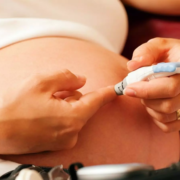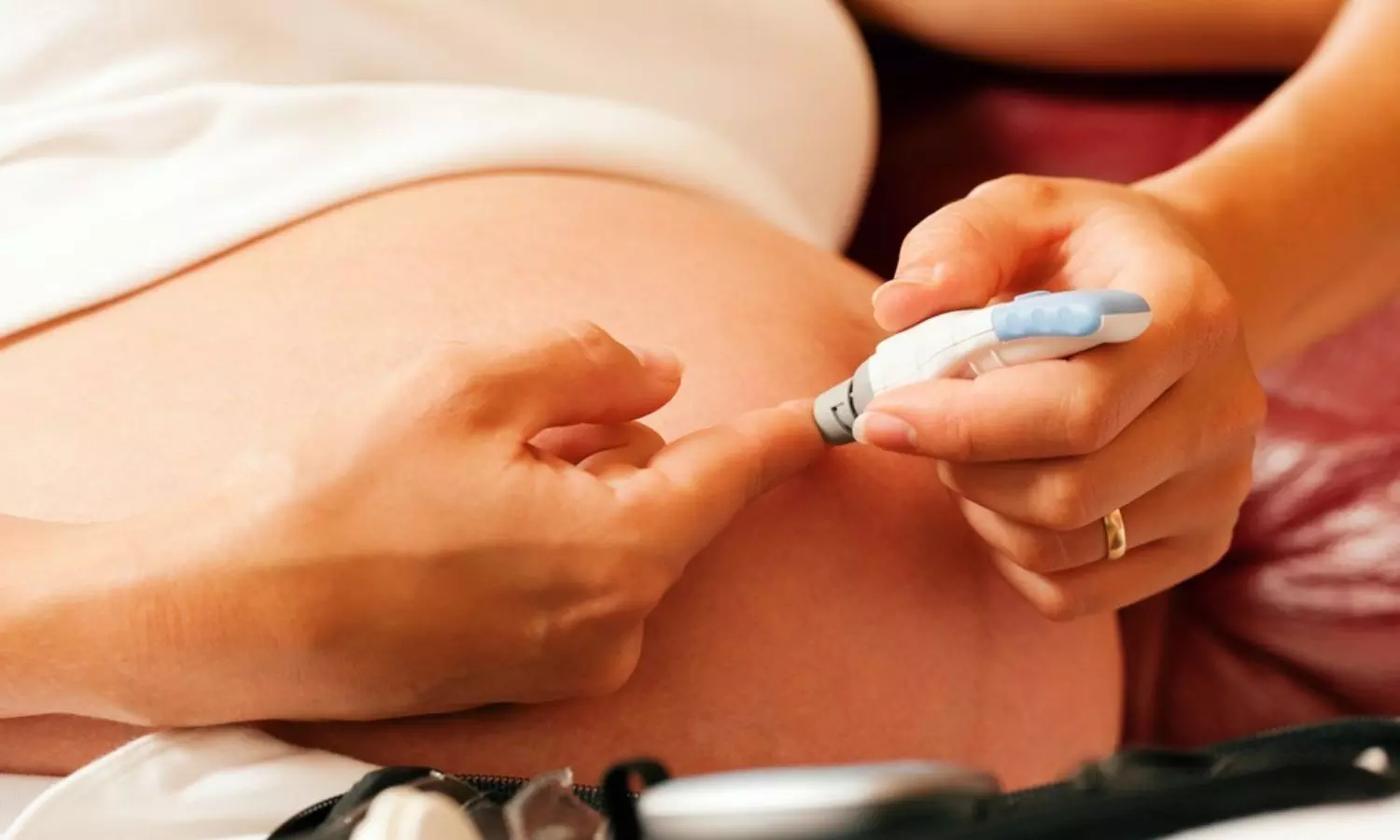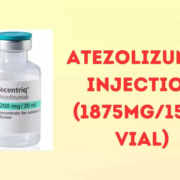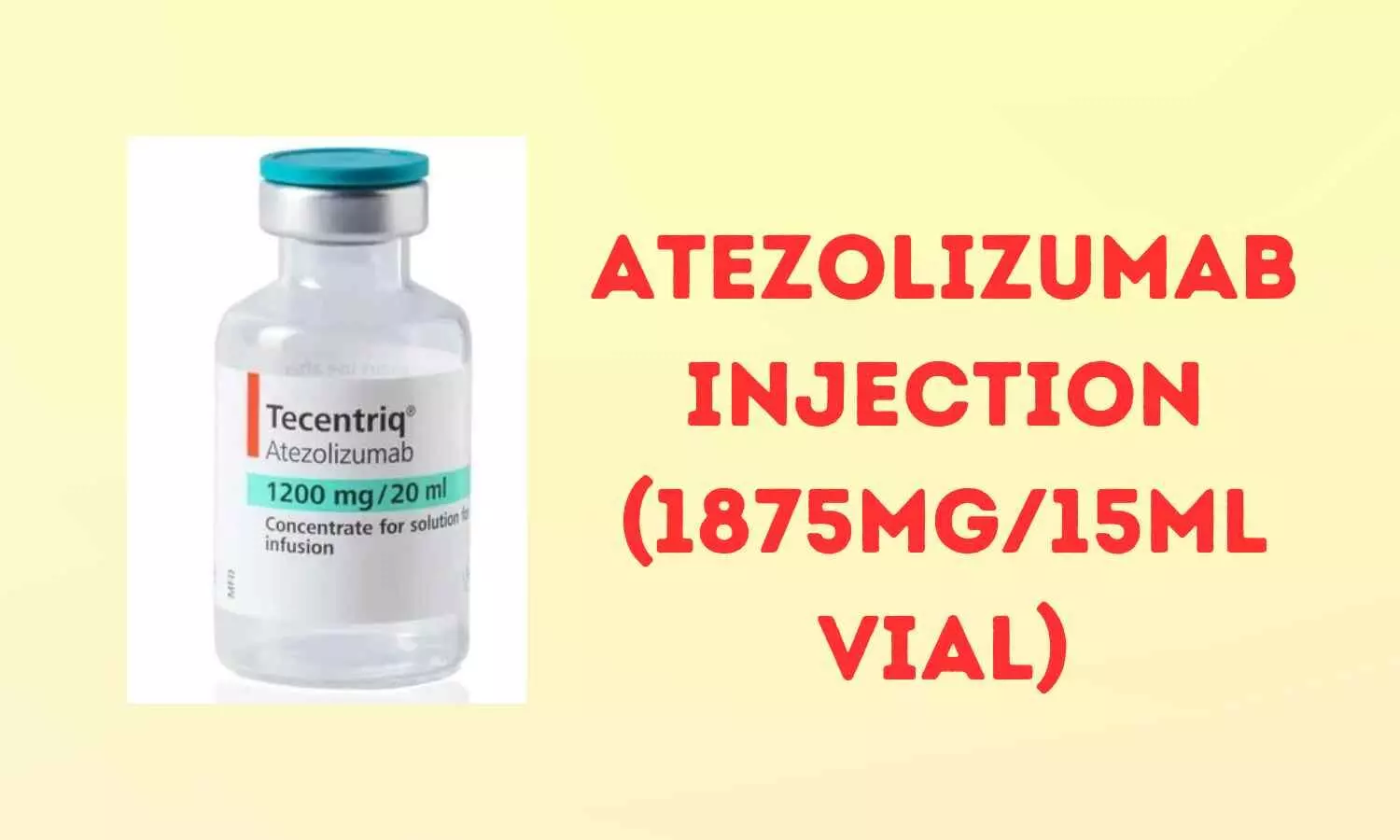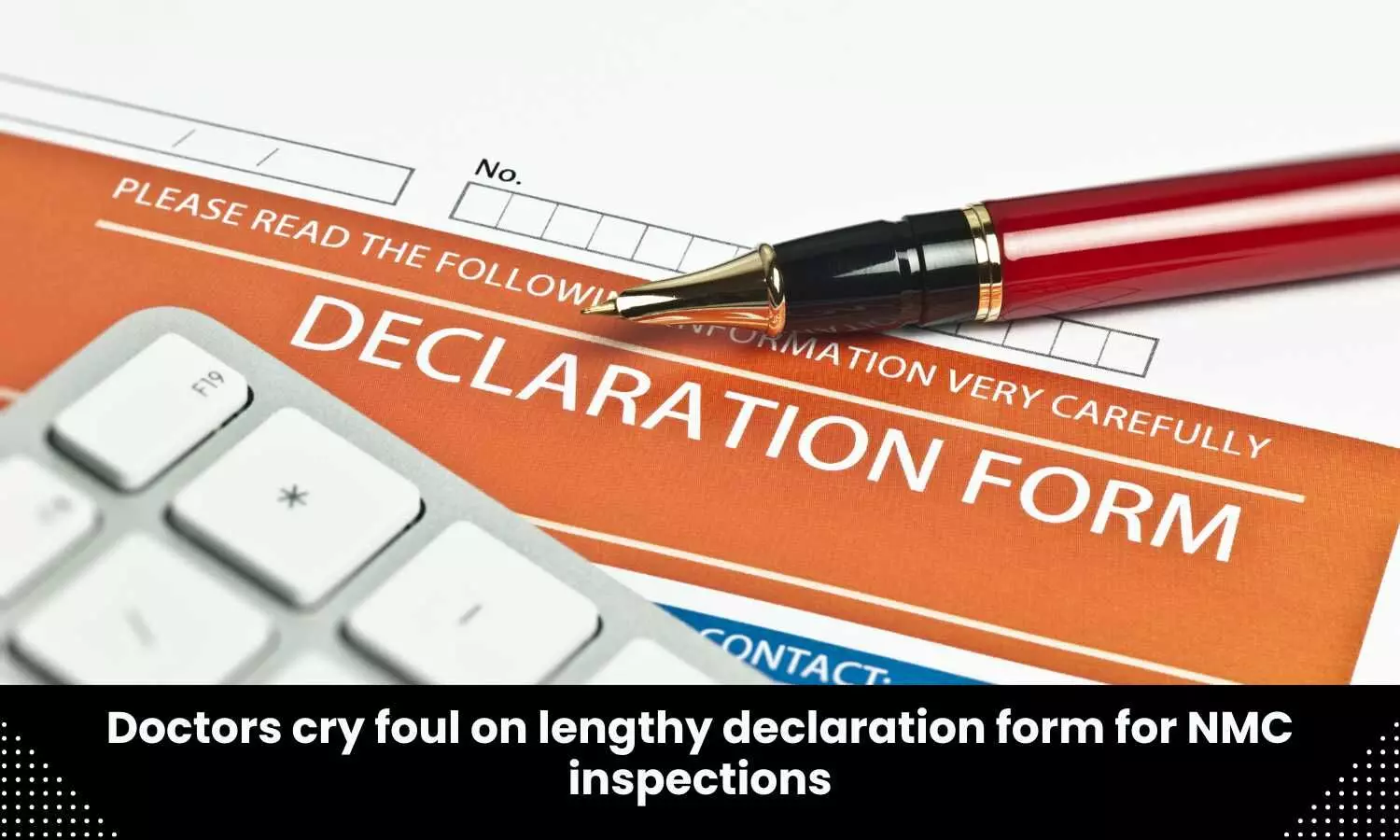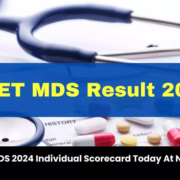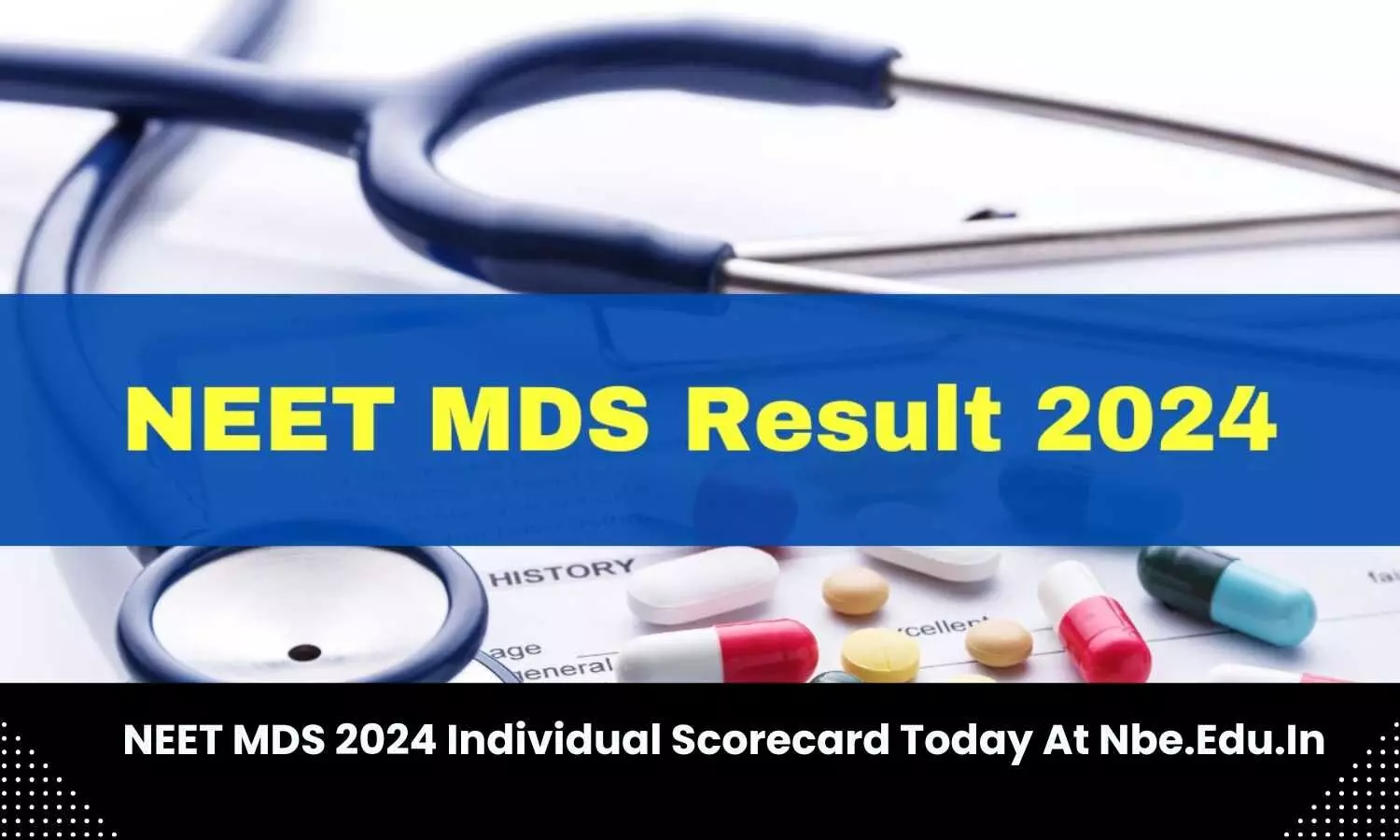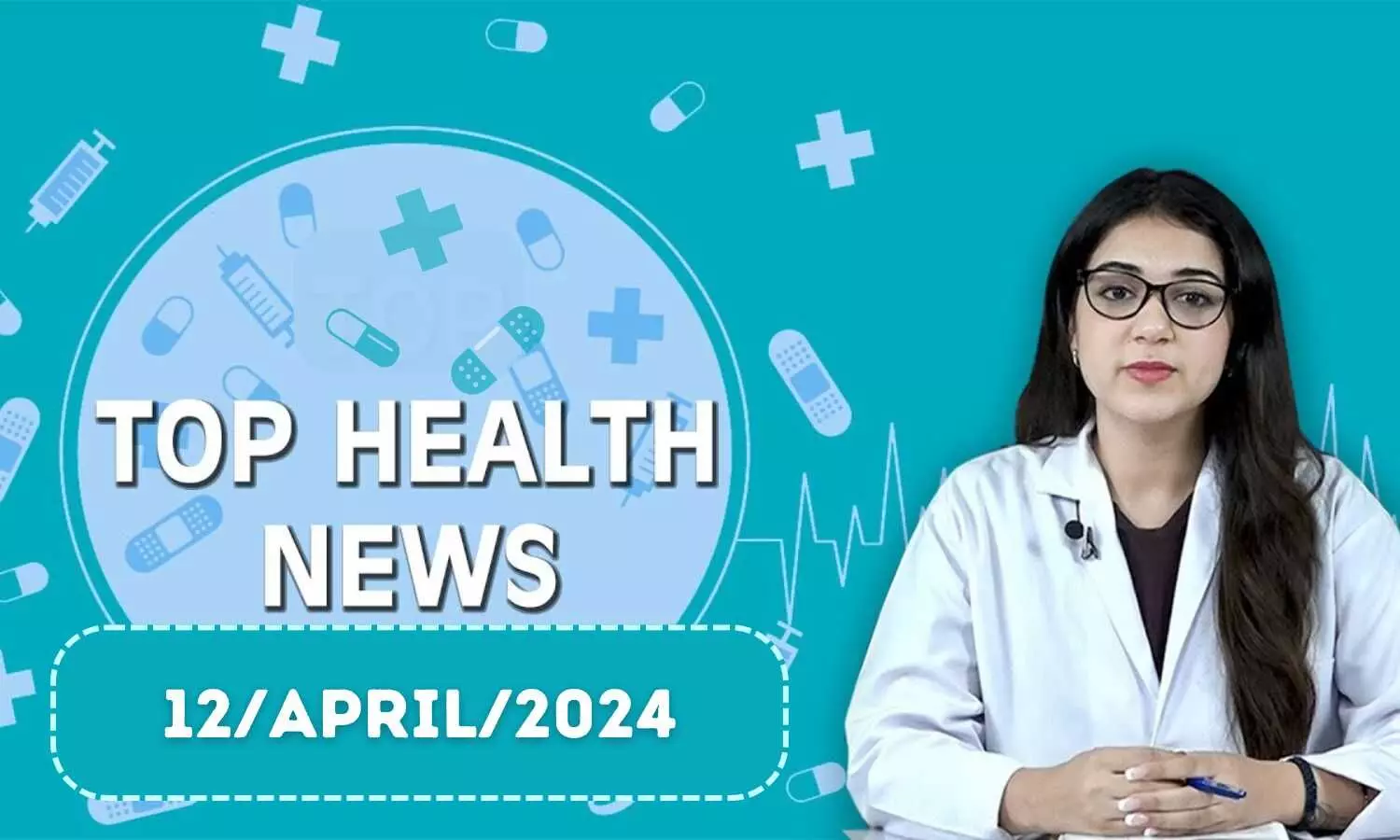Preventive ablation of ventricular tachycardia may effectively prevent ICD shocks and hospitalization: Study

The first randomised trial to investigate preventive ablation of a potential arrhythmogenic substrate associated with coronary chronic total occlusion (CTO) in patients at high risk of ventricular arrhythmias (VAs) reduces the risk of appropriate implantable cardioverter-defibrillator (ICD) therapy and unplanned hospitalisation in patients with no previously recorded VAs. The late-breaking science is presented at EHRA 2024, a scientific congress of the European Society of Cardiology (ESC).
Principal investigator Dr. David Zizek of the University Medical Centre Ljubljana, Slovenia said: “In everyday clinical practice, ventricular tachycardia (VT) ablation is still often regarded as a last resort in the management of patients with ischaemic cardiomyopathy. We hypothesised that ablation early in the course of the disease, when patients have a lower burden of comorbidities, might be associated with fewer periprocedural complications and improved clinical outcomes compared to withholding the procedure until several ICD shocks have occurred. Our study shows that a primary prevention ablation strategy can be a safe and effective treatment option to prevent ICD interventions and arrhythmia-related hospitalisations.”
ICD therapy is recommended for primary prevention of sudden cardiac death in ischaemic cardiomyopathy patients with reduced ejection fraction despite optimal medical treatment. Approximately one in three ischaemic cardiomyopathy patients with previous myocardial infarction have infarct-related coronary CTO. Infarct-related CTO is a strong and independent predictor of VAs in ischaemic patients with a primary prevention ICD. Appropriate ICD shocks are live-saving, but are linked with reduced quality of life, physiological distress, pain, heart failure hospitalisation, and cardiovascular death. However, the optimal time to perform VT ablation is uncertain.
The PREVENTIVE VT trial investigated the impact of preventive VT ablation on ICD interventions in patients with ischaemic cardiomyopathy and infarct-related coronary CTO. The trial was conducted at four centres in Slovenia between September 2017 and January 2024. It enrolled patients with ischaemic cardiomyopathy, reduced ejection fraction (≤40%), angiographically proven coronary CTO associated with previous myocardial infarction, and no previously documented sustained VAs. In addition, patients were not eligible for revascularisation, were on optimal medical therapy, and had an indication for primary prevention ICD implantation.
Participants were randomly assigned 1:1 to preventive substrate ablation before ICD implantation (preventive ablation group) or ICD implantation only (standard therapy group). The purpose of ablation was to abolish abnormal ventricular electrograms within the scar and its border and achieve non-inducibility of monomorphic VT after a uniform stimulation protocol. High-density voltage mapping with a 3D electroanatomical mapping system was used to delineate the infarct-related CTO and the border zone, and scar homogenisation was performed. Primary prevention ICD settings for arrhythmia detection and therapy were recommended for both groups.
The primary outcome was a composite of appropriate ICD therapy or unplanned hospital admission for symptomatic VAs. Secondary outcomes included the incidence of appropriate ICD therapies, unplanned VA-related hospitalisation, cardiac hospitalisation (due to VA or worsening heart failure), electrical storm, and cardiovascular mortality.
A total of 60 patients were enrolled (30 in each group). The average age was 67.5 ± 8.1 years and 91.7% were male. In the preventive ablation group, total elimination of abnormal electrograms was achieved in 26 (86.7%) patients and VT was not inducible in 27 (90%) patients. There were 2 (6.6%) major complications associated with the ablation procedure.
During a mean follow-up of 44.73 months, the primary endpoint occurred in 5 (16.7%) patients undergoing ablation and 13 (43.3%) patients receiving an ICD only (multivariate hazard ratio [HR] 0.32, 95% confidence interval [CI] 0.11-0.91; p=0.032). Univariate analyses showed that patients in the ablation group had fewer appropriate ICD therapies (17% vs. 40%; HR 0.37, 95% CI 0.13-1.05, p=0.051), unplanned VA-related hospitalisations (0% vs. 30%; p=0.001), and cardiac hospitalisations (13% vs. 53%; HR 0.21, 95% CI 0.07-0.63, p=0.002). While preventive ablation reduced the number of electrical storms (0% vs. 20%; p=0.01), it had no significant impact on cardiovascular mortality (13.3% vs. 26.7%; HR 0.41, 95% CI 0.12-1.38, p=0.139). Multivariate analyses were performed when events were recorded in both arms and yielded similar results.
Dr. Zizek said: “Our study also highlights the importance of identifying ischaemic cardiomyopathy patients with a high risk of VAs in whom substrate ablation might prevent arrhythmias and consequent debilitating ICD shocks, while outweighing the potential for procedural complications.”
Powered by WPeMatico


